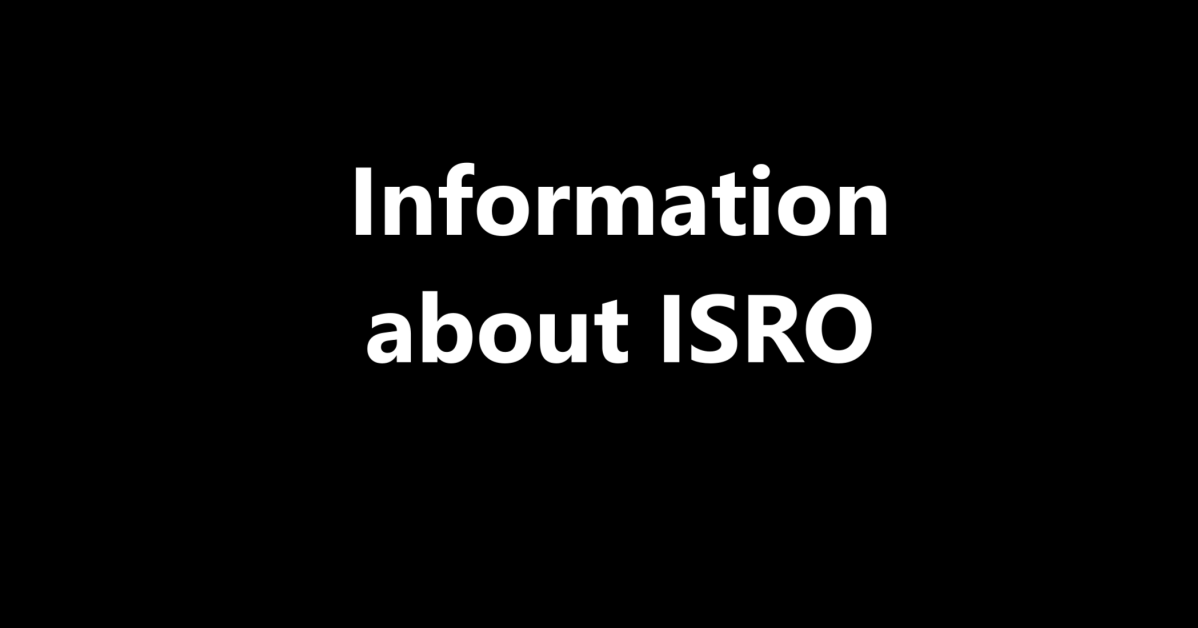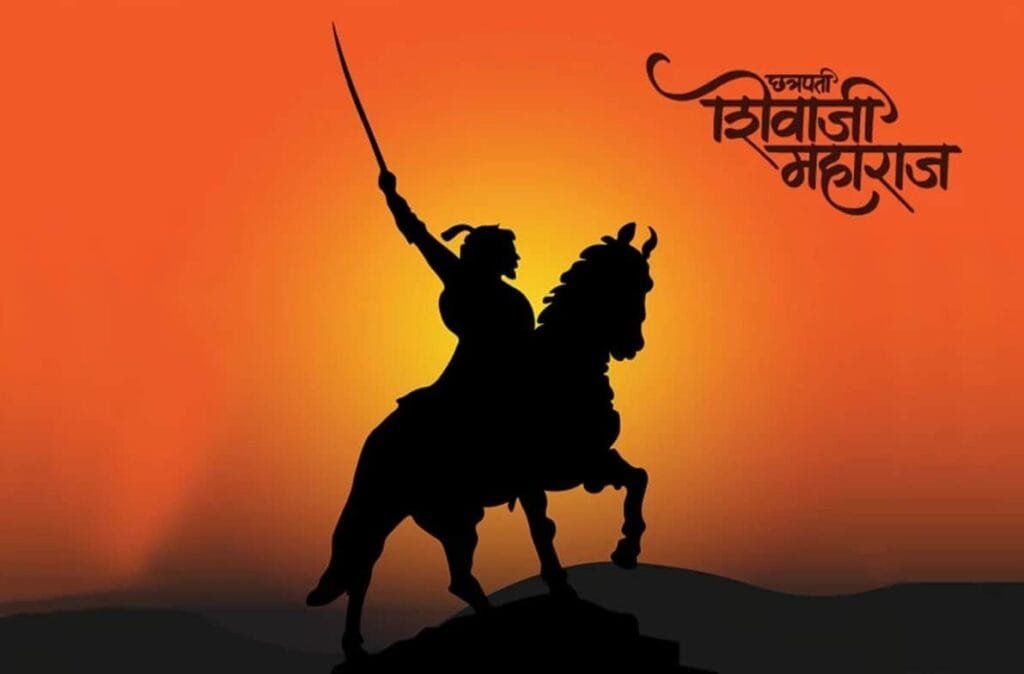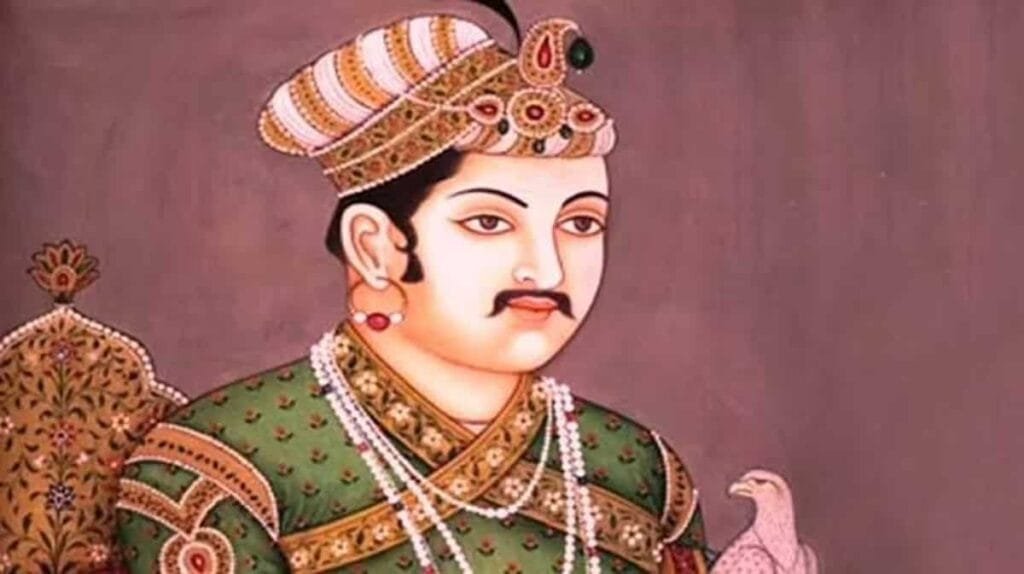The Indian Space Research Organisation (ISRO) is India’s national space agency, operating under the Department of Space, which is directly overseen by the Prime Minister of India. Established in 1969, ISRO has advanced significantly and plays a crucial role in various fields such as telecommunications, meteorology, navigation, and disaster management.
Key Milestones in ISRO’s History
- Founding (1969): ISRO was founded by Dr. Vikram Sarabhai, who is often called the father of the Indian space program. The organization was established to harness space technology for India’s development.
- First Satellite (1975): ISRO launched its first satellite, Aryabhata, on April 19, 1975, from the Soviet Union. This marked India’s entry into the space age.
- Launch Vehicles:
- SLV-3 (1980): India’s first experimental satellite launch vehicle successfully placed the Rohini satellite into orbit.
- ASLV (1992): This vehicle improved payload capacity and reliability.
- PSLV (1994): The Polar Satellite Launch Vehicle became ISRO’s workhorse, known for its reliability in launching satellites into polar orbits.
- GSLV (2001): The Geosynchronous Satellite Launch Vehicle was developed to enhance payload capacity and performance.
- Satellite Programs:
- INSAT Series: Launched since the 1980s, these multipurpose satellites provide services in telecommunications, broadcasting, meteorology, and search and rescue operations.
- IRS Series: The Indian Remote Sensing satellites launched for agricultural, forestry, land-use mapping, and disaster management.
- NavIC: India’s regional navigation satellite system, operational since 2018, provides accurate positioning services to users in India and the surrounding region.
- Interplanetary Missions:
- Chandrayaan-1 (2008): India’s first mission to the Moon, which discovered water molecules on the lunar surface.
- Mangalyaan (2014): The Mars Orbiter Mission made India the first country to successfully enter Mars’ orbit on its maiden attempt and the first Asian nation to reach Mars.
- Recent Developments:
- Chandrayaan-2 (2019): Aiming for a soft landing on the lunar surface; however, the lander lost communication during descent.
- Gaganyaan: India’s ambitious human spaceflight program aims to send Indian astronauts to space by 2024, showcasing ISRO’s capabilities in human spaceflight.
- Chandrayaan-3 (2023): Successfully landed on the Moon, marking India as the first country to land near the lunar south pole.
ISRO’s Objectives and Impact
ISRO’s primary objectives include:
- Space Education and Research: Promoting space science research and education, inspiring future generations.
- Satellite Navigation: Providing navigation services through systems like NavIC.
- International Collaboration: ISRO collaborates with various space agencies, including NASA, ESA, and others, to share knowledge and technologies.
- Commercial Launch Services: ISRO provides commercial satellite launch services to international customers through its Antrix Corporation.
The impact of ISRO is profound:
- Economic Growth: ISRO’s advancements contribute significantly to India’s GDP through technology transfers and developing indigenous capabilities.
- Disaster Management: Satellite images and data assist in managing natural disasters, offering early warnings and post-disaster assessments.
- Environmental Monitoring: Remote sensing satellites support monitoring of forests, water bodies, and urban development.
- Telecommunication and Broadcasting: The agency enhances communication networks, making telemedicine, online education, and broadcasting accessible across remote areas.
Conclusion
ISRO has made remarkable achievements in space exploration and technology, significantly benefiting the nation and contributing to global space endeavors. Its commitment to innovation and its ambitious projects continue to inspire scientists and engineers worldwide. As it looks to the future, ISRO aims to explore deeper into space while enhancing its contribution to Earth and society.


